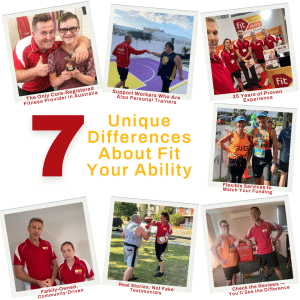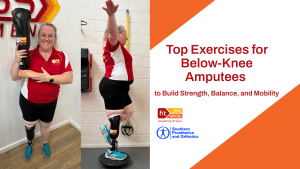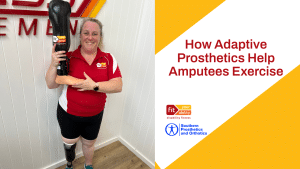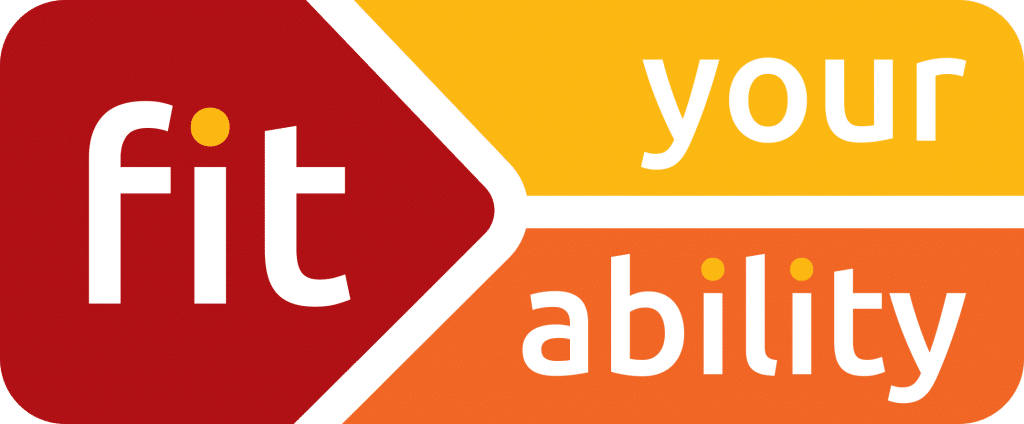Push-Up Progressions for Increased Muscle Tone
Given the unique challenges that come with having a physical disability or health condition like hypotonia or low muscle tone, finding an exercise routine for people with disabilities that works for their body type can be especially difficult. This can lead to frustration and difficulty leading a physically active lifestyle. Hence, if you or someone you know has autism and is looking to improve their muscle tone, push-up progressions for people with disabilities may be the perfect exercise for them. A push-up progression is a modified version of a traditional push-up that starts with an elevated bar and gradually moves down to the floor as muscle tone improves. This exercise can help those with physical mobility issues increase strength, stability, and confidence while also providing a great way to stay fit and physically active. Let’s take a closer look at this exercise, how it works, and why it’s beneficial for those living with autism.
What Are Push-Up Progressions?
Push-up progressions are a type of exercise routine designed to help strengthen muscles in the arms, chest, core, and legs. This exercise begins with the person placing their hands on an elevated surface or bar (such as a chair or table). They then lower themselves until their nose nearly touches the bar before pushing back up into their starting position. As they get stronger, they can move the bar further down until eventually they can perform full push-ups on the floor itself.
is NDIS-registered. This will ensure that you’re able to access the support you need. Fit Your Ability, a division of Fitness Enhancement,
Health Benefits of Push-Up Progressions
The health benefits of regular exercise are too many to list, but they are primarily to avoid muscle deterioration. For those living with autism who have hypotonia (or low muscle tone), push-up progressions can be especially beneficial as they provide an easy way to increase strength without needing to strain too much or put too much pressure on the body. Additionally, because this great exercise uses your own body weight for resistance, especially your upper body strength, it helps to build core stability, improve range of motion, and boost confidence as well as overall strength. It’s also very customisable which makes it easy for anyone, no matter their age or skill level, to join in on this simple yet effective workout routine. Having a health professional like an occupational therapist, physiotherapist, or an NDIS-registered Personal Trainer is a great decision one can make to help you in performing this exercise.
If you’re living with autism and want to increase your muscle tone, then push-up progressions might just be the perfect exercise for you! Starting out by performing these exercises on an elevated surface, such as a chair or table, will make them easier while still providing enough resistance to build strength over time. As you become stronger, you can adjust the height of the bar accordingly until eventually you are able to do full push ups on the floor. Push-up progressions are a great exercise for people with disabilities. It’s also incredible when it comes to building stability and confidence in oneself. So why not give it a try today?
Get assistance from an NDIS-registered Personal Trainer who can come to your home and assist you with light to moderate intensity physical activity regardless of your unique abilities. Fit Your Ability registered for seven-line items under the core and capacity-building categories.
Related Posts

Why Fit Your Ability is the Right Choice for Your NDIS-Registered Personal Training Needs
Why Fit Your Ability is the Right Choice for Your NDIS-Registered Personal Training Needs Choosing an NDIS-registered personal trainer is about more than just fitness,

Top Exercises for Below Knee Amputees
Top Exercises for Below-Knee Amputees to Build Strength, Balance, and Mobility Adapting to life after a below-knee amputation comes with challenges, but staying active is

How Tessa Found Fitness Again After Losing Her Leg
Tessa’s Story: How She Was Able to Exercise After Losing Her Leg Anything Is Possible With the Right Support For many people living with a



